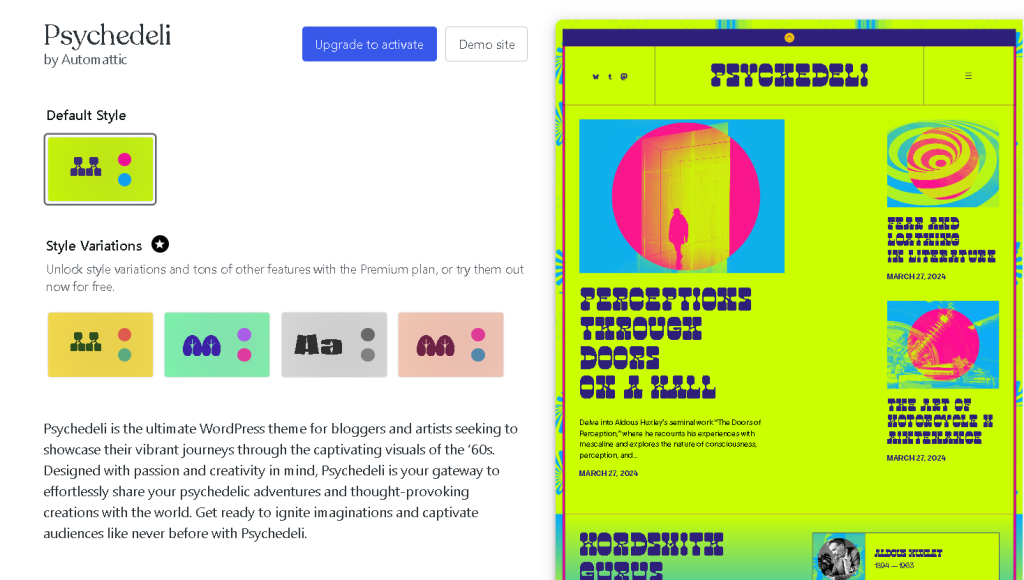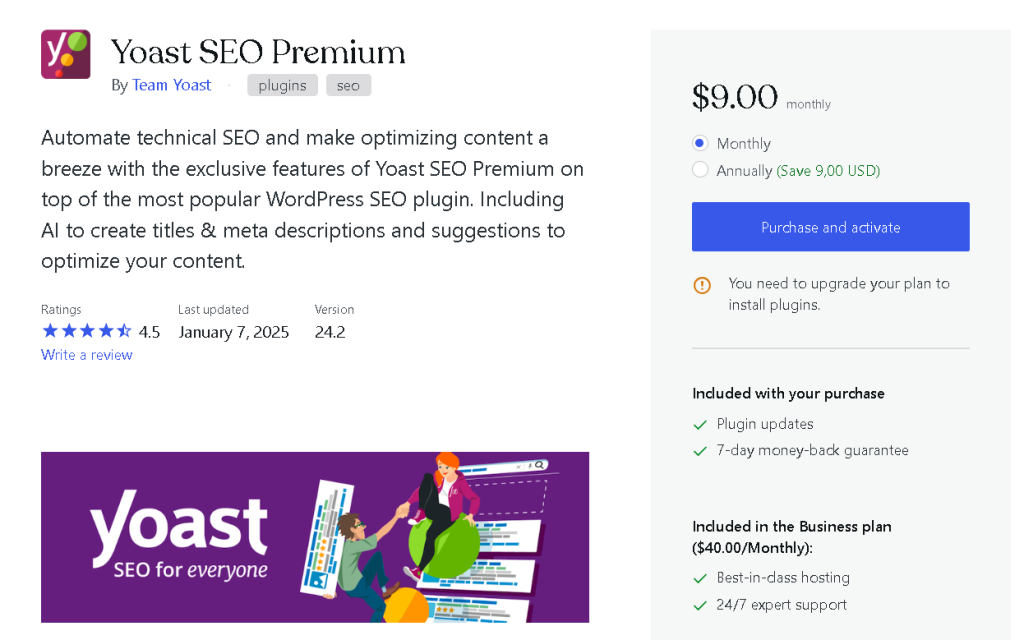1. WordPress Theme
Functions:
- Defines the design and structure of the site (colors, fonts, layouts).
- Adaptability for mobile devices.
- Templates to simplify content creation.
Benefits:
- Ease of customization.
- Large selection of themes.
- Optimization for SEO.
How it helps to create a functional website: The theme shapes the style and structure of the site, supporting mobile version and SEO optimization.

2. WordPress plugin
Functions:
- Extends the capabilities of the site (forms, stores, SEO, security).
- Integration with other platforms (social networks, CRM, payment systems).
- Customization of additional features (caching, spam protection).
Advantages:
- Flexibility and the ability to add any feature.
- Regular updates and support.
- Wide choice of plugins.
How it helps to create a functional site: Plugins add necessary features and tools, improving functionality and customizing the site to the needs of users.

3. WordPress Widget
Functions:
- Adds small blocks of content (e.g., recent posts, calendar, subscription form).
- Customizable through the admin panel.
- Static and dynamic data.
Benefits:
- Easy to add and customize.
- Convenience for users.
- Adaptation for mobile devices.
How it helps to create a functional site: Widgets simplify the organization of elements and make the site user-friendly.

Conclusions:
Each of these elements - theme, plugin, and widget - plays its own key role in creating a functional and attractive website on WordPress. The theme defines the visual style, plugins add the features you need, and widgets enhance user interaction. Together, they provide complete control over the look and functionality of your site.
0 Comments